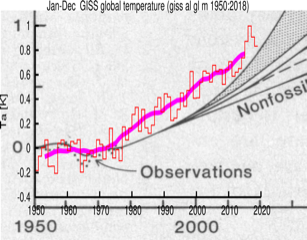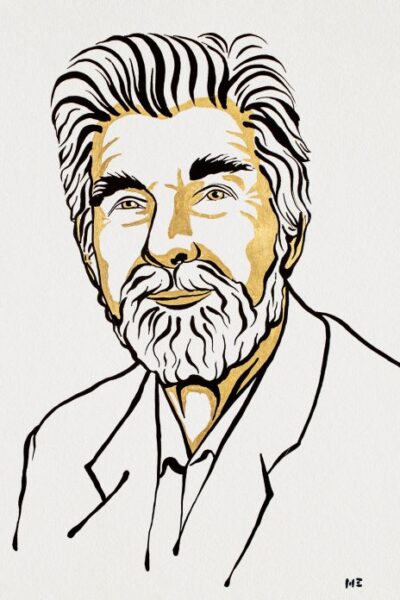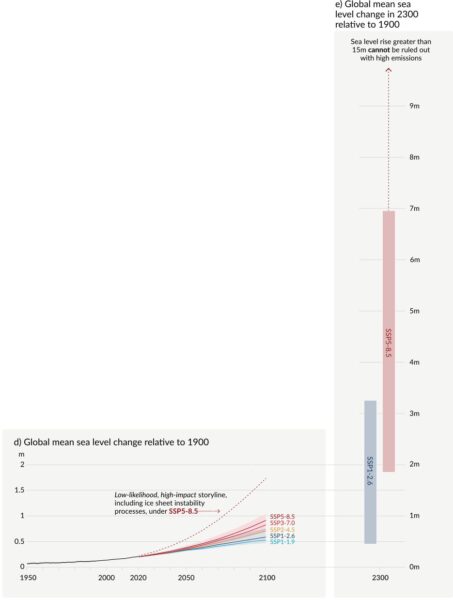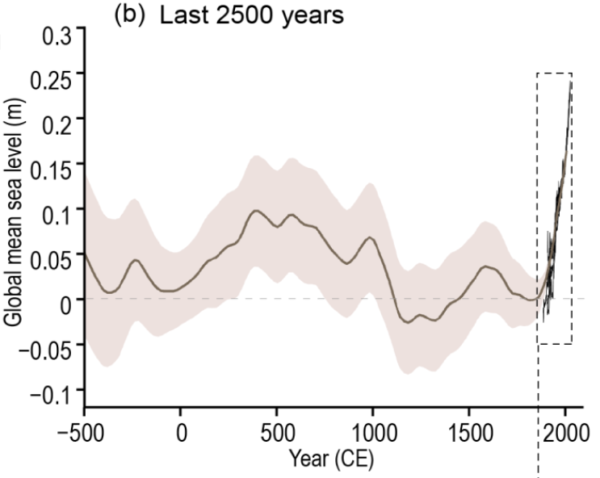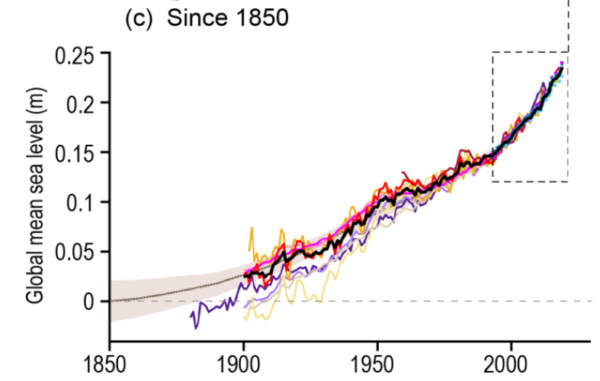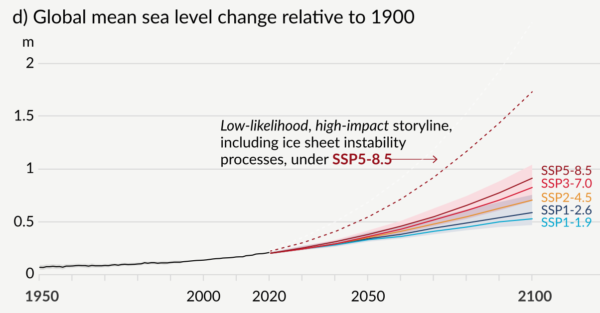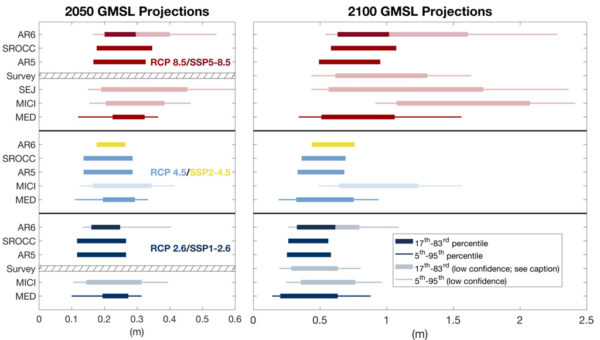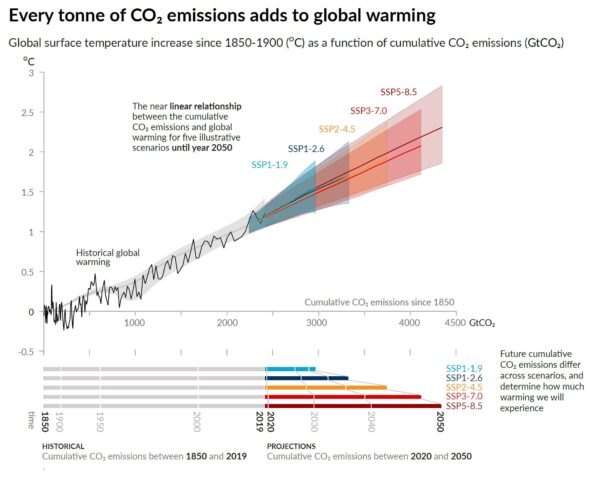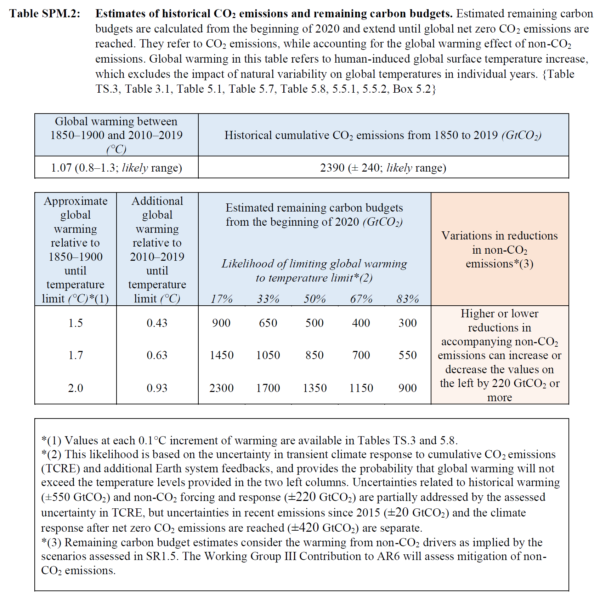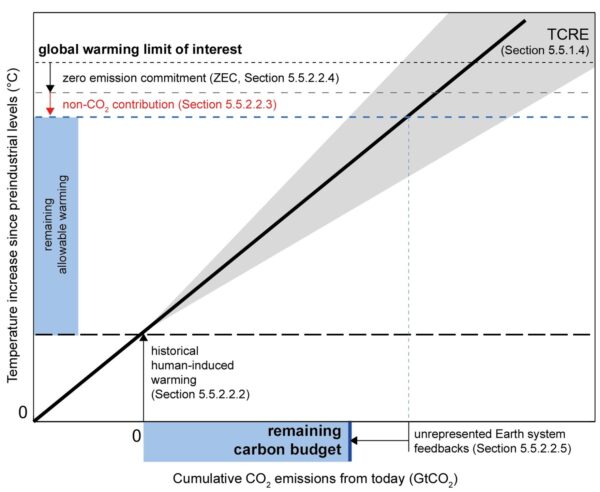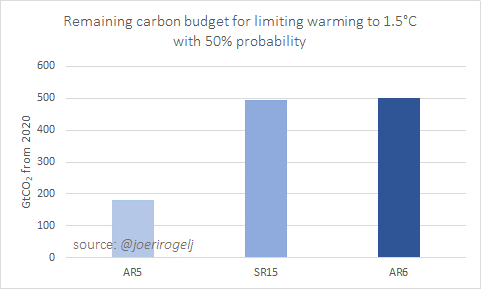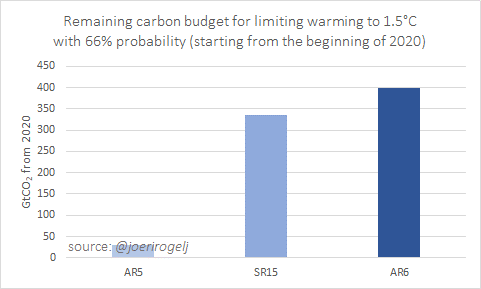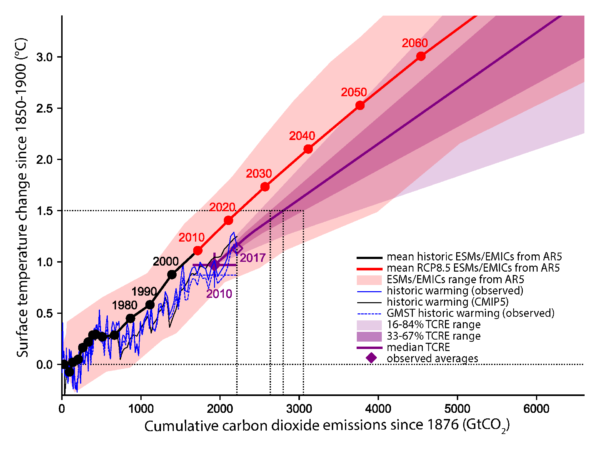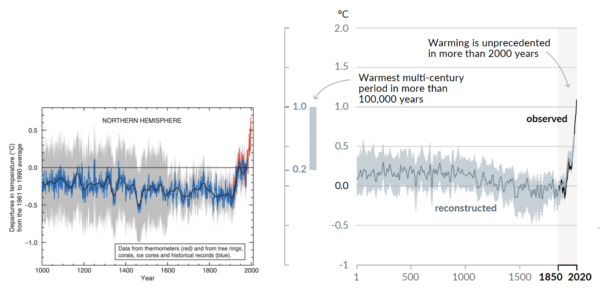All countries in the world urgently need to adapt to climate change but are not yet in a good position to do so. It’s urgent because we are not even adapted to the present climate. This fact is underscored by recent weather-related calamities, such as flooding in Central Europe and heatwaves over North America. It’s also urgent because the oceans act like a flywheel, making sure that cuts in emission of greenhouse gases will have a lagged effect on global warming.
Climate change adaptation was addressed in the Paris Agreement from 2015, the Climate Adaptation Summit in January 2021, and will be one of four key priorities during the upcoming COP26. Proper climate adaptation of course needs meteorological and climatological data for mapping weather-related risks to prepare us for future extreme weather. However, I would argue that the climate research community has not had a visible presence during any of these meetings. Instead the summits have been dominated by politicians and NGOs.
[Read more…] about A science-based move to climate change adaptation
